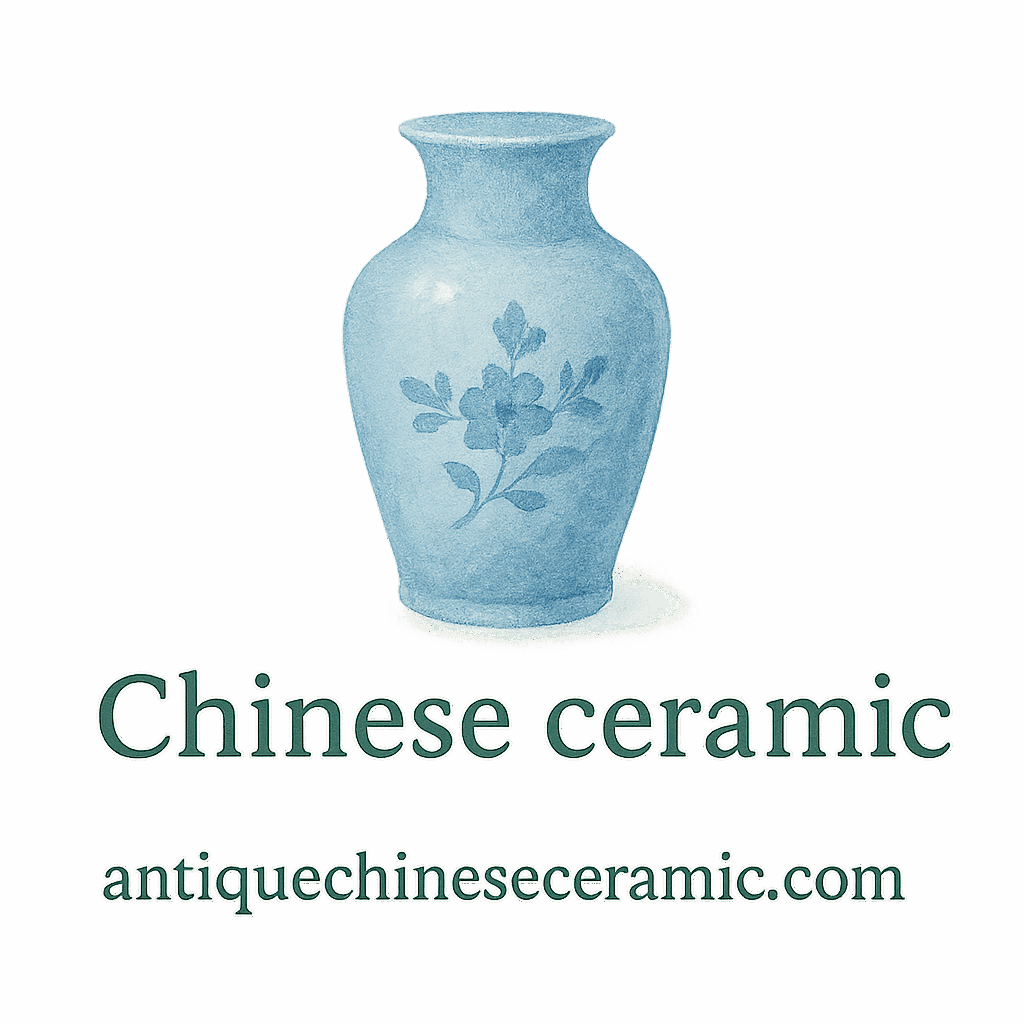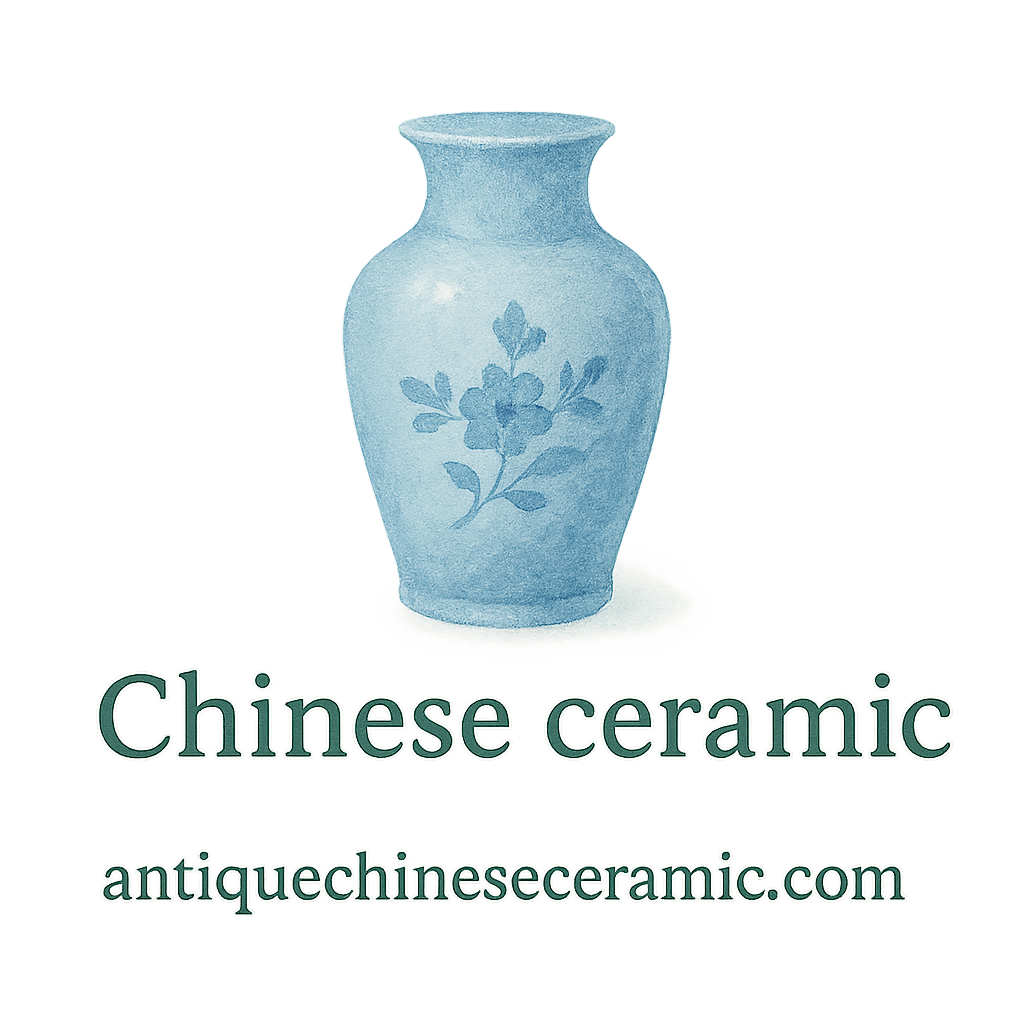Introduction to Antique Chinese Ceramics
Let’s be honest—there’s something timeless about antique Chinese ceramics. They’re not just beautiful; they tell stories from thousands of years ago. Whether it’s a porcelain vase from the Ming dynasty or a rustic clay bowl from the Han era, these pieces are windows into China’s rich cultural tapestry.
Antique Chinese ceramics have fascinated collectors, historians, and archaeologists alike. With the help of archaeological sites, we’re able to dig up more than just dirt—we unearth dynasties.
Why Archaeological Sites Matter for Ceramic History
Preserving Cultural Heritage Through Ceramics
These sites are like time capsules. Once unearthed, ceramic shards become puzzle pieces, helping us reconstruct the past—from dining habits to burial rituals.
What Makes Chinese Ceramics So Valuable?
It’s not just the age. It’s the quality, craftsmanship, glaze techniques, and history. From surface finishes to symbolic artwork, each piece holds significance.
1. Anyang (Yin Ruins), Henan Province
Bronze Age Origins and Early Ceramic Finds
This UNESCO site was the capital of the Shang Dynasty (1600–1046 BCE). The Yin Ruins are home to some of China’s earliest ceramic traditions. Pottery here ranges from thick-walled storage jars to fine, high-fired vessels.
Shang Dynasty Pottery Significance
The ceramics often include geometric or animal motifs and were essential in burial customs. These pieces are crucial for identification of early Chinese cultural practices.
2. Xi’an (Mausoleum of the First Qin Emperor)
Terracotta Army and Hidden Ceramic Artifacts
We’ve all seen the iconic Terracotta Army, but what about the ceramic utensils and tiles discovered alongside them? These items were meant to serve the emperor in the afterlife.
Role of Ceramics in Imperial Burial Traditions
Bowls, jars, and containers found in the tomb reveal much about Qin Dynasty craftsmanship and funeral rituals.
3. Jingdezhen – The Porcelain Capital
Centuries of Ceramic Mastery
No list would be complete without Jingdezhen. For over a thousand years, it’s been the go-to place for top-tier Chinese ceramics. The kilns here perfected blue-and-white porcelain.
Yuan, Ming, and Qing Dynasty Contributions
From cobalt-blue glazes of the Yuan Dynasty to elaborate Qing pieces, Jingdezhen’s ceramics are legendary and highly valuable. You can’t talk antique without mentioning its influence.

4. Luoyang – Cradle of Ancient Chinese Civilization
Tang Dynasty Tomb Art and Ceramics
Luoyang has revealed some of the most colorful and diverse Tang Dynasty pottery. Think tricolored glazes and elegant figurines.
Storage Containers and Everyday Wares
These ceramics weren’t just art; they were methods of daily living—bowls, storage jars, and ceremonial vessels.
5. Nanchang – The Haihunhou Tomb
Ceramics of the Western Han Period
Unearthed in 2015, this tomb belonged to a Han dynasty prince. The ceramic finds were astonishing—inkstone containers, cooking pots, and decorative dishes.
Preserved Elegance and Craftsmanship
These artifacts speak volumes about the artistry and heritage of early Chinese nobility.
6. Dunhuang – Gateway of the Silk Road
Ceramics in Buddhist Cave Complexes
The Mogao Caves, rich with Buddhist murals, also housed ceramic offerings. These include incense holders and ceremonial bowls.
Influence of Foreign Styles and Glazing Techniques
Because Dunhuang was a trade hub, the ceramics often incorporate Persian and Central Asian influences—a rare example of cross-cultural detail in Chinese pottery.
7. Guangzhou – Maritime Silk Road Discoveries
Shipwreck Ceramics from the South China Sea
Ceramics recovered from sunken ships, such as the Nanhai No. 1, tell a thrilling story of international trade. They were likely destined for Southeast Asia and the Middle East.
Export Ware and Global Influence
These pieces highlight China’s massive ceramic export industry and are a hot topic in auction houses today.
The Role of Archaeology in Ceramic Identification
Modern Methods and Dating Techniques
With tools like thermoluminescence dating, scholars can precisely identify and date ceramic artifacts, adding to their historical and monetary valuation.
Caring for and Preserving Antique Chinese Ceramics
Proper care and preservation is critical. Use padded storage, avoid moisture, and consult professionals for cleaning.
If you own such treasures, review this storage guide and ensure your pieces are kept in safe environments. Also check out our cleaning and safety tips.
Conclusion
From royal tombs to ancient shipwrecks, antique Chinese ceramics are more than relics—they’re storytellers of a vast, intricate past. Exploring these archaeological sites not only deepens our appreciation but fuels a desire to preserve this beautiful heritage.
Whether you’re a seasoned collector or a curious newbie, understanding the context behind each ceramic piece adds immense value—not just in dollars, but in history.
Ready to explore more? Visit our hub at AntiqueChineseCeramic.com for deep dives into collecting, appraisal, and timeline guides.
FAQs
1. Why are antique Chinese ceramics found in tombs?
Because ancient Chinese believed in providing for the afterlife. Ceramics were seen as essential items for spiritual journeys.
2. What’s the oldest Chinese ceramic ever found?
Pottery fragments from the Xianrendong Cave date back over 20,000 years—considered the world’s oldest.
3. How can I tell if my Chinese ceramic is antique?
Look for age indicators, kiln marks, glaze wear, and consult professional identification guides.
4. Are shipwreck ceramics considered valuable?
Absolutely. Their historical context makes them prized pieces for collectors and auction enthusiasts alike.
5. Is Jingdezhen still producing ceramics today?
Yes! It remains a hub of both traditional and modern porcelain artistry.
6. How do I preserve my antique ceramics?
Avoid sunlight, moisture, and improper cleaning. Explore our full care and preservation section.
7. Are there still undiscovered archaeological sites in China?
Definitely! New digs continue to reveal dynasties and unknown treasures every year.


